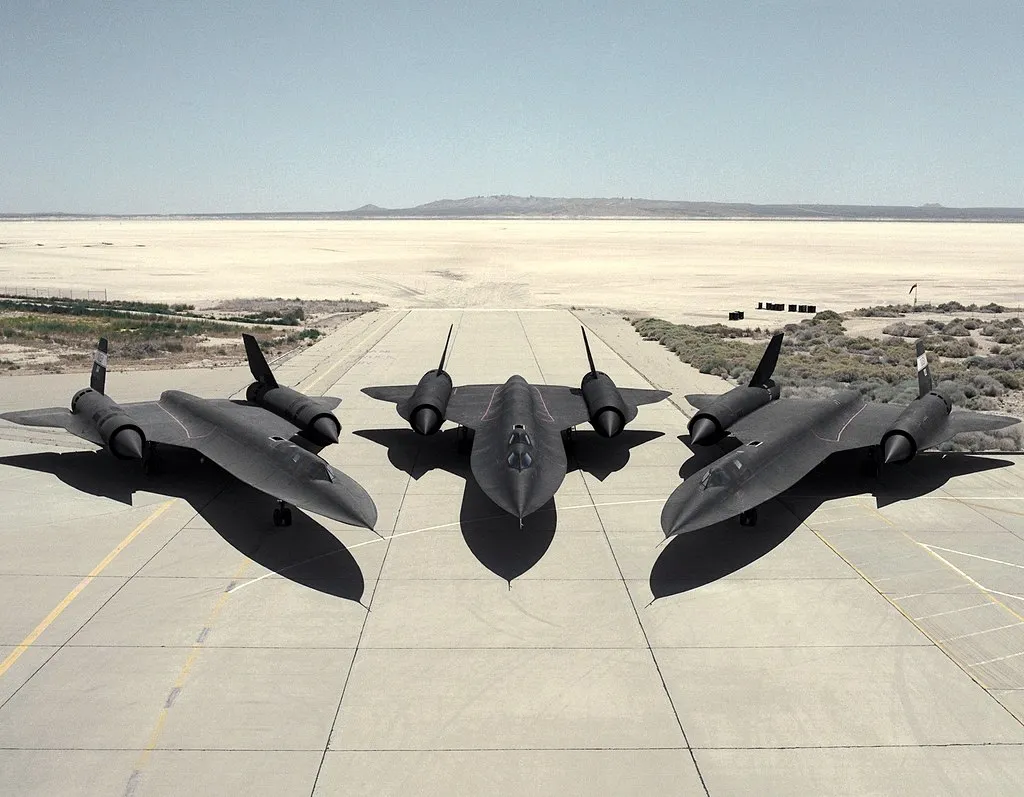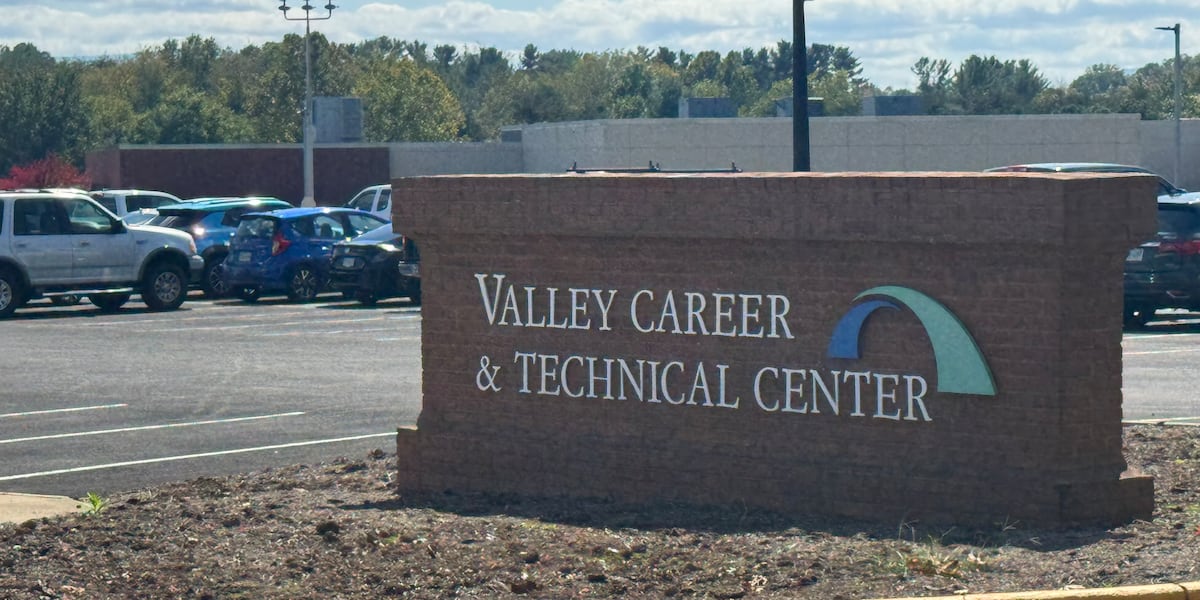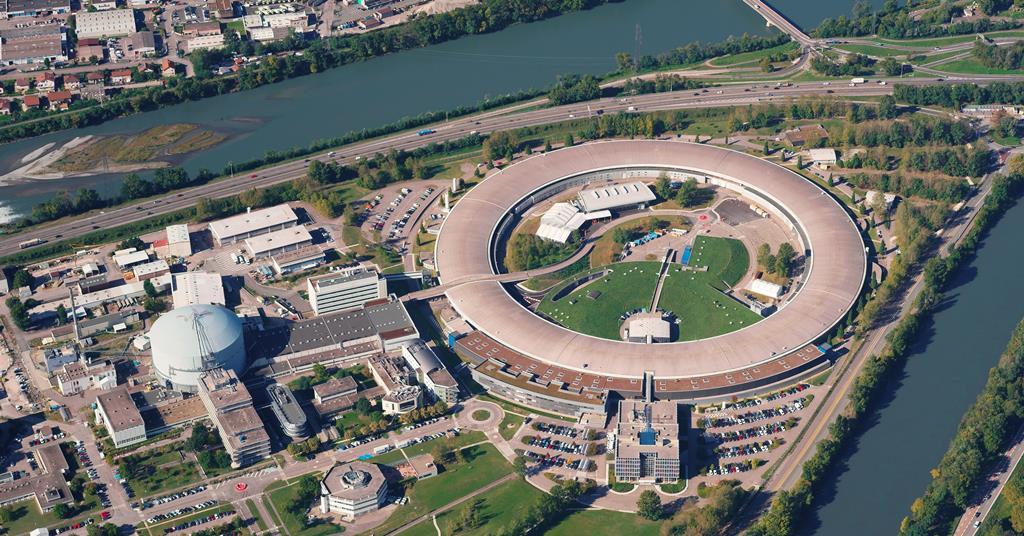U.S. Army’s aviation research and development hub transfers function | Article

REDSTONE ARSENAL, Ala. (Sept. 29, 2025) – For more than six decades, the U.S. Army Combat Capabilities Development Command Aviation & Missile Center has spearheaded the next generation of U.S. Army missile and aviation technology.
The Center’s Design, Simulation & Experimentation, or DSE, division, co-located at NASA Ames Research Center on Moffett Field, California; NASA Langley Research Center in Hampton, Virginia; and Joint Base Langley-Eustis, Virginia; leads the Army mission to understand, develop and mature rotorcraft technologies for the Warfighter.
On April 30, 2025, the U.S. Army launched its Army Transformation Initiative, in which Secretary of the Army Hon. Daniel Driscoll and Army Chief of Staff Gen. Randy George mandated that the U.S. Army “must transform now to a leaner, more lethal force by infusing technology, cutting obsolete systems and reducing overhead to defeat any adversary on an ever-changing battlefield.”
As part of this historic reorganization reaching the highest echelons of the U.S. Army, DEVCOM AvMC will transfer its Moffett Field function to Redstone Arsenal, AL, and JBLE, effective June 2026.
“The Center is working closely with DSE to ensure a smooth transition among the 45 employees affected, and no positions will be eliminated,” said Dr. James Kirsch, Director for DEVCOM AvMC. “This transition of function to the hub of Army Aviation at Redstone will provide unparalleled synergy as we transform aviation capabilities for the future.”
In 1964, the U.S. Army Materiel Command assigned the U.S. Army Aviation Command its first aviation and surface materiel research and development center in Fort Eustis to be known as the U.S. Army Aviation Materiel Laboratories. Later that year, the new U.S. Army Aeronautical Research Laboratory at NASA Ames Research Center opened on Moffett Field.
Moffett offered the U.S. Army two pivotal assets: NASA’s Vertical Motion Simulator facility, built for research into vertical takeoff and landing and the U.S. Air Force’s National Full-Scale Aerodynamics Complex, the world’s largest aerodynamics test facility. Most recently, as part of its work for the Future Long Range Assault Aircraft program, DSE completed the initial portion of the sixth simulation in the Advanced Rotorcraft Configurations Testing of Increased Capabilities series on VMS, where a configuration-agnostic version of Mission Adaptive Autonomy with DEVCOM AvMC’s generic tiltrotor model was integrated and tested to inform sensor and pilot-vehicle interface requirements for autonomous high-speed low-level flight.
“Just as the team led development of much of the transformational capabilities in FLRAA, they will play a pivotal role in expanding the Army’s capabilities in the uncrewed aircraft space,” Kirsch said. “We will focus our investments to complement and expand on industry investments in reliable, affordable and attritable heterogenous teams of uncrewed aircraft for those dirty and dangerous missions for which they are well suited.”
While the Center will continue to use NASA Ames and Langley’s test facilities, this reorganization opens opportunities for partnerships with other governmental test and evaluation capabilities including those at the U.S. Air Force’s Arnold Engineering Development Complex, located 74 miles north of Redstone Arsenal.
Additionally, Huntsville is home to the second largest research park in the United States and fourth largest in the world, with its Cummings Research Park boasting a mixture of Fortune 500 companies, technology enterprises and the University of Alabama in Huntsville, whose engineering pedigree includes the Rotorcraft Systems Engineering & Simulation Center.
Alabama remains the home of Army Aviation and co-locating DSE will only strengthen the knowledge base and collaboration between its stakeholders.
***
The U.S. Army Combat Capabilities Development Command, known as DEVCOM, is Army Futures Command’s leader and integrator within a global ecosystem of scientific exploration and technological innovation. DEVCOM expertise spans eight major competency areas to provide integrated research, development, analysis and engineering support to the Army and DOD. From rockets to robots, drones to dozers, and aviation to artillery – DEVCOM innovation is at the core of the combat capabilities American Warfighters need to win on the battlefield of the future. For more information, visit devcom.army.mil/.
link






